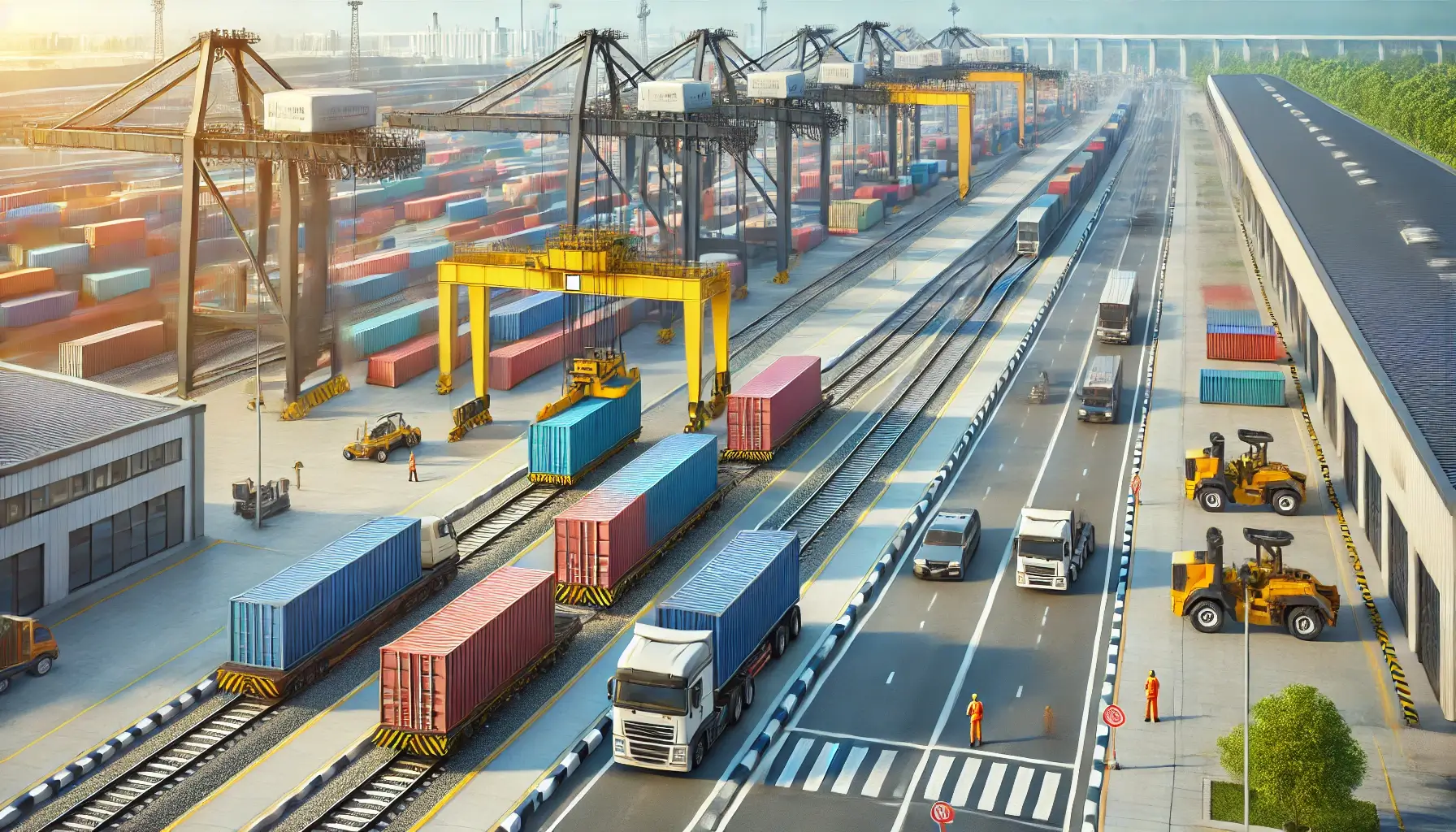Features of Cargo Transportation in Direct Intermodal Shipping


Features of Cargo Transportation in Direct Intermodal Shipping: How Does It Work?
Direct intermodal shipping is a complex yet efficient method of cargo delivery that combines multiple modes of transport: rail, road, and air freight. These types of shipments are also called multimodal transport. Their key feature is the use of a single document for the entire route, which significantly simplifies the process and reduces risks.
What Is Direct Intermodal Shipping?
Direct intermodal shipping refers to the transportation of cargo, passengers, or baggage using two or more types of transport. For example, a shipment may begin by train, continue by truck, and be completed by air. All of this occurs under a single contract, which regulates the relationship between the cargo owner and the carrier.
How Does It Work?
The agreement between the parties is outlined in a transportation contract. According to this document, the carrier is responsible for delivering the cargo using multiple modes of transport, while the cargo owner or consignee must ensure timely payment for services.
Planning such transport is not an easy task. When designing a logistics route, several factors must be considered:
- Geographical location: The distance between loading and unloading points.
- Transportation costs: Each mode of transport has its own tariffs.
- Intermediate points: Customs checkpoints, border control, and other potential stops.
- Transshipment: The time and conditions required to switch from one transport mode to another.
- Cargo characteristics: Storage conditions, delivery deadlines, and cargo value.
Key Features of Multimodal Transport
The main feature of direct intermodal shipping is a single document for the entire route. This means that the cargo unit cannot be split during transportation. It moves without interruptions, transitioning sequentially from one mode of transport to another, as planned by logistics professionals.
Another crucial aspect is a unified tariff and legal framework, which simplifies the documentation process and reduces the risk of errors or delays.
Legal Framework
Both international and domestic multimodal transport operations are regulated by two key documents:
- The UN International Convention, which sets general rules for all participants.
- National legislation, as each country along the route may have additional requirements.
Why Is It Beneficial?
Direct intermodal shipping is not just convenient—it is also economically advantageous. It allows companies to optimize routes, reduce delivery times, and minimize risks. This is particularly important for international shipments, where multiple factors need to be considered, from customs procedures to infrastructure specifics.
So, if you need to transport cargo across multiple countries or continents, multimodal shipping is worth considering. After all, sometimes the longest route turns out to be the fastest.

